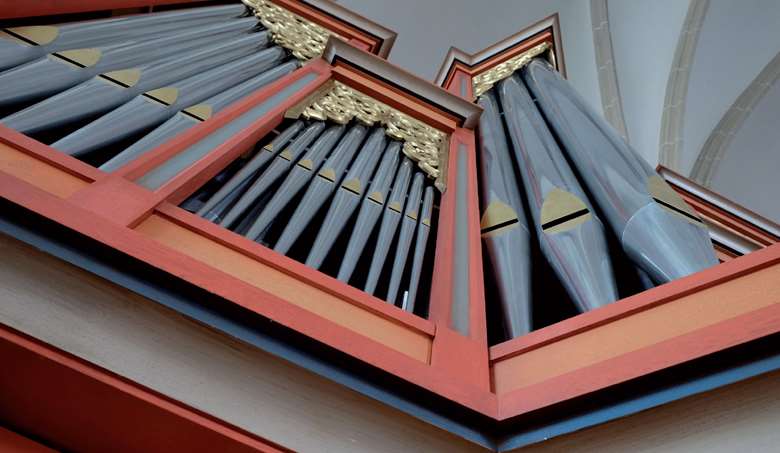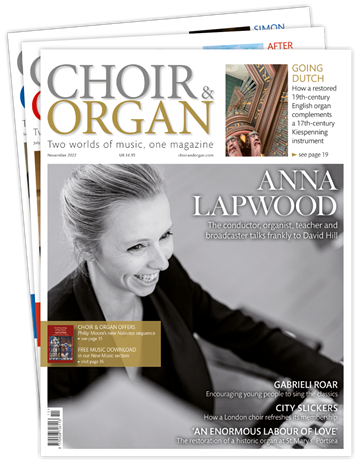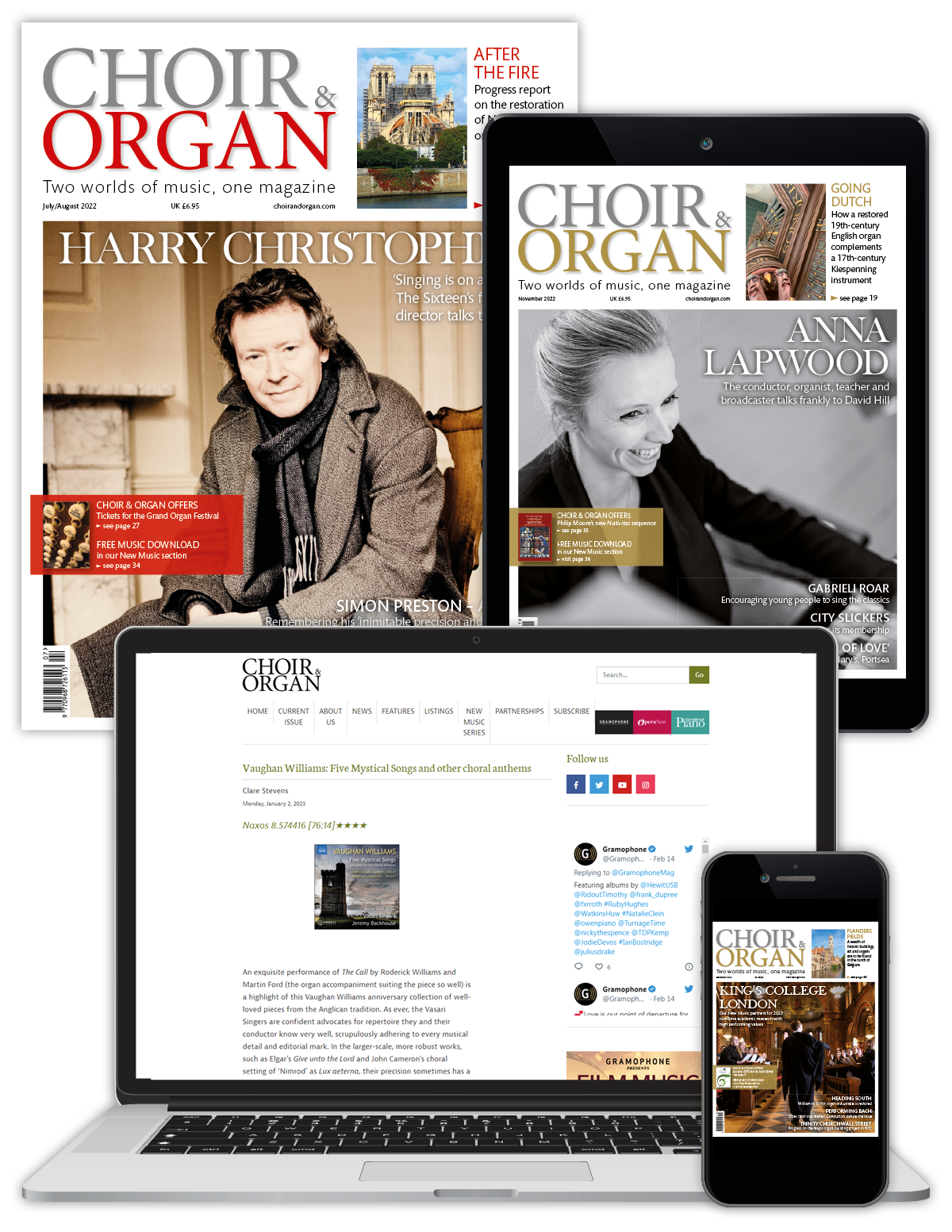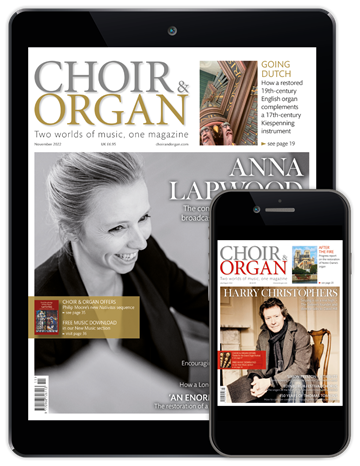Full circle: Bernhardt Edskes and a 1960s Metzler organ
Chris Bragg
Thursday, March 2, 2023
The enlargement of a 1960s Metzler organ in the Netherlands has bookended the career of the late Bernhardt Edskes. Chris Bragg went to visit

PHOTOS COLIN HARVEY
Register now to continue reading
This article is from Choir & Organ. Don’t miss out on our dedicated coverage of the choir and organ worlds. Register today to enjoy the following benefits:
- Free access to 3 subscriber-only articles per month
- Newly-commissioned sheet music to download from our New Music series
- Unlimited access to Choir & Organ's news pages
- Monthly newsletter






